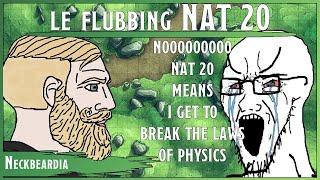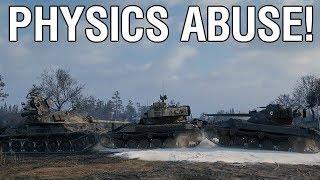Physics for neuromorphic computing
Описание
- By: Julie Grollier
- Affiliation: CNRS/Thales lab, Palaiseau, France
Date: 2021-06-16T114:30:00+00:00
In this talk, I want to show that the joint development of new materials, nanodevices and algorithms is essential for the development of smart and environmentally friendly chips, which inherently learn from their physics (1). The goal of neuromorphic computing is to take inspiration from the architecture of the brain to build a low-power circuit for artificial intelligence. I will first give a brief overview of the state of the art of neuromorphic computing, highlighting the opportunities offered by emerging nanodevices in this field, and the related challenges. I will then show how physics can be exploited at the algorithm and device level to solve these challenges and unlock learning on a chip. I will illustrate the need for this material-algorithm co-development through examples of our work on an algorithm called Equilibrium Propagation that minimizes both error and energy of a dynamic system (2), and through the implementation of spintronic neural networks that communicate through radio-frequency waves (3, 4).
1. D. Marković, A. Mizrahi, D. Querlioz, J. Grollier, Nat. Rev. Phys., 1 (2020).
2. M. Ernoult, J. Grollier, D. Querlioz, Y. Bengio, B. Scellier, in Adv. Neur. Inf. Proc. Sys. 32, 7081.
3. J. Torrejon et al., Nature. 547, 428 (2017).
4. M. Romera et al., Nature. 563, 230 (2018).




















